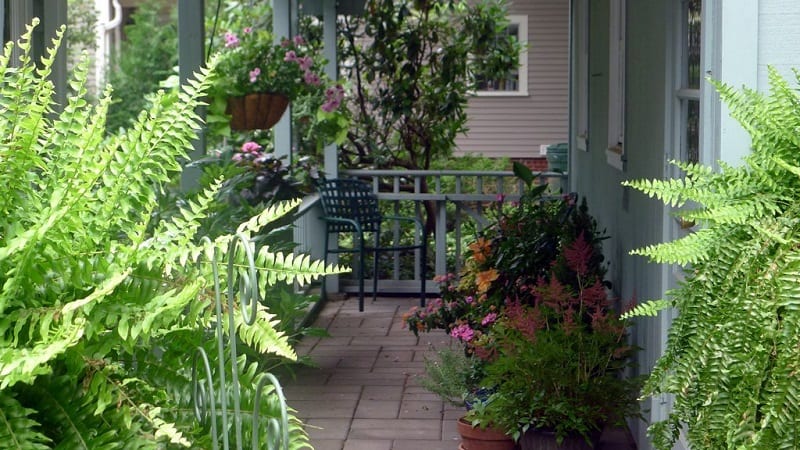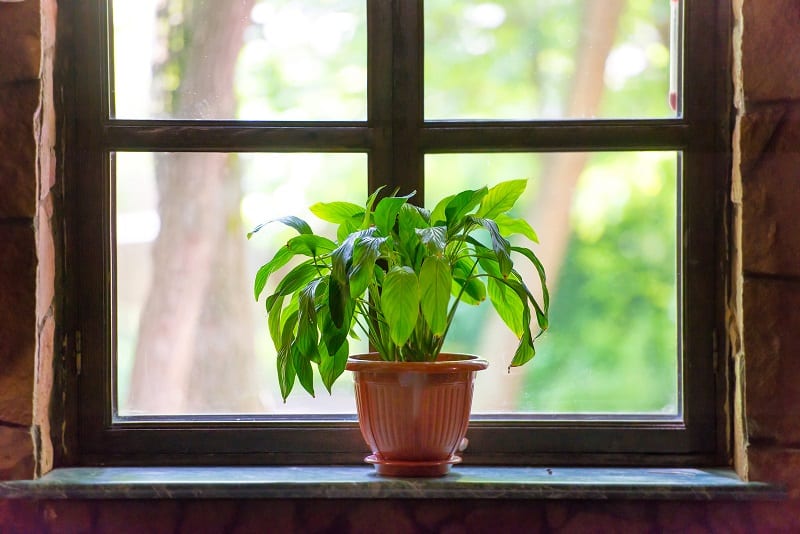Last Updated on December 15, 2020 by teamobn
There are, of course, benefits to having plants indoors, particularly during winter. However, are you aware of the special things your green friends need to survive the winter?
Whether your potted plants live indoors year-round or you’ve brought them in for temporary shelter from freezing temperatures, they will require special attention throughout the cold season.
Caring for Your Houseplants in Winter
Contents
- 1 Caring for Your Houseplants in Winter
- 1.1 Acclimate your plants.
- 1.2 1. Make sure your plants get adequate sunshine.
- 1.3 2. Use less water.
- 1.4 3. Pay attention to humidity.
- 1.5 4. Use a tonic to manage leaf spot.
- 1.6 5. Keep your plants clean.
- 1.7 6. Trim and prune your plants.
- 1.8 7. Watch for pests.
- 1.9 Bringing Green Cheer Indoors in Winter
Just as with outdoor plants, seasonal changes will affect your garden indoors. In fact, for many houseplants, your understanding of this shift can mean the difference between being an easy-care option and a real struggle.
Here are a few tips to help you care for your indoor plants this winter.

Acclimate your plants.
If at all possible, acclimate your plants before bringing them indoors. You might have plants that are used to hours of bright sunlight each day. Put them in a shadier spot outdoors a week before you bring them in.
You want your plants to get used to the fact that they’ll be
getting less sunlight in the months ahead before you bring them in.

(Photo: Lori Stalteri/Flickr)
1. Make sure your plants get adequate sunshine.
Once inside, put your plants in the sunniest spot inside your home. Move them to follow the sun if necessary.
Ledges that can scorch plants with searing UV in summer often become the perfect “bright but indirect” houseplant habitat in the winter, says James Wong for The Guardian.
However, you should avoid situating them near radiators. The high localized heat levels from radiators can literally cook plants.

2. Use less water.
Because plant growth rate slows in winter, so does their requirement for water and fertilizer. The number-one killer of houseplants is usually overwatering.
In winter, you might need to cut back your use of the watering can by half – or even more. You do not want your plant’s roots in damp sogginess all winter as this will make them prone to rot.
Some commercial growers of drought-tolerant species will
almost stop watering altogether for months on end. The winter rest period is
often a key biological trigger for larger flowers and more vivid color come
spring.

3. Pay attention to humidity.
Most plants thrive in 50 to 60 percent humidity. In a house, the humidity level can go below 35 percent. Make a humidity tray for plants to add moisture to the air.
In a low-sided tray, place a shallow layer of pebbles. Pour water into the tray to the height of the pebbles. Set your plant pots on pebbles and put the tray in a warm sunny spot.
You can also get a desktop humidifier to direct moist air
toward plants.

4. Use a tonic to manage leaf spot.
The most common disease that plagues houseplants is leaf-spot. The disease manifests itself with yellow or brown spots that develop on an outer leaf and move inward.
If your plants suffer from leaf spot, dissolve 4 teaspoons
baking soda in a gallon of water and add a few drops of Murphy’s oil to make a
suspension. Mix the tonic and spray directly onto your plants.

(Photo: Ninjatacoshell/Wikimedia Commons)
5. Keep your plants clean.
Clean plants that photosynthesize at optimal levels are healthier plants. Healthy plants don’t acquire diseases or encourage pest infestations.
When leaf surfaces get dusty, the leaves get clogged and the plant won’t get the full effect of sunlight. This will slow photosynthesis. Dust your plants as regularly as you dust your shelves.

6. Trim and prune your plants.
While dusting your plants, further tidy them up by getting rid of dead, brown, or yellowing leaves. If the leaf falls loose easily, remove it by hand. Otherwise, use scissors.
Never yank leaves off that resist your pull. Just prune away
the browned leaf tips which have become too dry. The plant will look more
natural if you follow the contours of the leaves when cutting, says Marie
Ianotti for The Spruce.

7. Watch for pests.
Winter is often a time when pest populations can explode. Many of these pests hitch a ride indoors from patio plants you bring into the house.
During the winter months, the increased heat from the heaters, the lack of sunlight, and the increased humidity brought on by the use of humidifiers tends to increase pest populations indoors.
Pests like spider mites, mealybugs, fungus gnats, and other
pests thrive under these conditions. Be watchful of them on your plants and
take steps to eliminate them when they appear.

Bringing Green Cheer Indoors in Winter
Having plants around your home is wonderful all year round. Indoor plants can even help bring cheer to those dreary winter months.
But plants need extra care during winter, as well. Keep this in mind. Take the necessary steps and you’ll have an indoor garden that thrives through the depths of winter.








